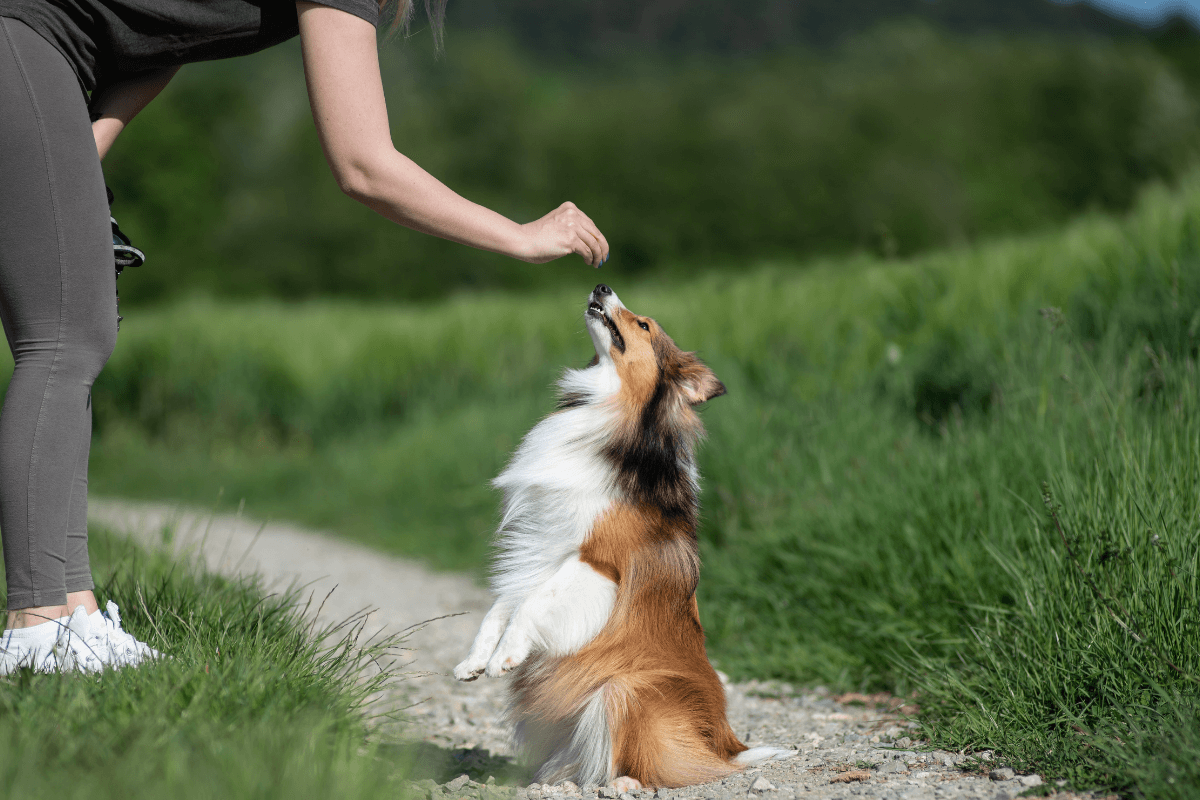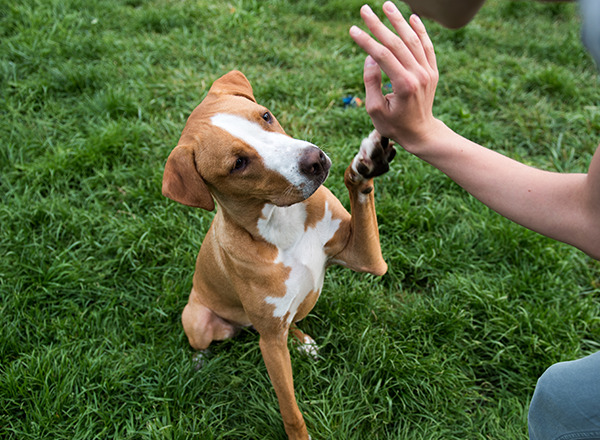Essential Tips for Effective Dog Training: An Overview for Pet Dog Owners
Efficient pet dog training is a multifaceted procedure that needs a tactical technique tailored to both the pet's temperament and the proprietor's purposes. Recognizing how to browse these obstacles can significantly boost the training experience, eventually changing the connection between owner and pet dog.
Recognizing Dog Actions
Understanding canine behavior is vital for reliable training and cultivating an unified relationship in between dogs and their proprietors. Dogs connect primarily through body language, vocalizations, and activities, making it crucial for owners to analyze these signals precisely. Acknowledging a pet's pose, tail placement, and ear orientation can supply understandings into its mood. For example, a wagging tail does not always suggest joy; it can additionally indicate enjoyment or anxiousness.

Socializing plays a considerable duty in pet dog actions; exposure to various settings, individuals, and various other pets can substantially impact a pet's temperament. Furthermore, elements such as breed characteristics and individual temperament ought to direct training methods, as some types may have particular behavior attributes that require tailored techniques. By understanding these aspects, proprietors can produce an encouraging environment that motivates positive behavior, resulting in successful training results and a much deeper bond with their pets.
Establishing Constant Commands
Effective communication with your pet starts with developing constant commands. This foundational aspect of training is important for fostering understanding between you and your pet. Uniformity in the commands you use makes certain that your dog can accurately link particular words or expressions with the wanted actions.
When choosing commands, select clear, distinct words that are easy to say and differentiate from each other. Avoid making use of similar-sounding commands that might confuse your pet. Using "rest" and "stay" is proper, yet "sit" and "struck" can lead to misconceptions.
Furthermore, preserve the same tone and quantity for each command. Pet dogs are sensitive to vocal signs, so varying your tone can produce confusion.
It is equally crucial to make certain that all relative are on the very same page regarding the commands made use of. A united front in command usage will prevent combined signals and enhance the learning process.
Favorable Reinforcement Methods
The power of positive support in pet dog training lies in its capability to encourage desired actions through rewards and praise. This strategy is based in the concept that behaviors complied with by positive outcomes are more most likely to be duplicated. By including favorable reinforcement right into your training program, you can properly form your pet's behavior in a constructive fashion.
To implement favorable support, it's necessary to recognize what inspires your dog, whether it be treats, playthings, or verbal praise. When your dog does a desired action, such as remaining on command, immediately award them with a treat or affection. here are the findings This organization in between the command and the positive end result enhances their understanding.
It's crucial to timing the incentives appropriately; supplying the reinforcement within seconds of the wanted actions aids your canine make the connection (dog training). Furthermore, uniformity is crucial-- ensure that all household participants use the same commands and incentive systems to stay clear of confusion

Slowly, you can lower the frequency of treats as your canine learns the actions, transitioning to praise or recurring benefits. This approach not only promotes a strong bond between you and your pet however likewise advertises a favorable knowing atmosphere, making training a satisfying experience for both.
Socialization and Communication
Continually subjecting your pet to a selection of environments, individuals, and various other pets is vital for their social growth. Socializing go ought to begin early, preferably during the essential window of 3 to 14 weeks, when young puppies are most responsive to brand-new experiences. However, older canines can likewise profit from ongoing socializing initiatives.
Present your pet dog to various setups, such as parks, pet-friendly stores, and browse around here urban areas. This exposure helps them adapt to different stimulations, decreasing anxiousness and fear responses. Urge favorable interactions with various other pet dogs and people, ensuring that these experiences are safe and controlled to promote self-confidence.
Make use of structured playdates with well-mannered pet dogs, as this can enhance your canine's social abilities and teach them suitable behavior. Obedience classes and training sessions also supply outstanding chances for socializing, enabling your dog to interact with others in a supervised atmosphere.
Screen your pet's body language throughout interactions, as this will certainly aid you assess their comfort level. Slowly enhance direct exposure to even more tough scenarios while ensuring that each experience is positive. A well-socialized canine is more probable to show balanced habits, making them a joy to have in any type of setting.
Dealing With Usual Training Challenges
Every pet dog owner will certainly encounter training obstacles eventually, despite their dog's age or socializing degree. Identifying typical issues such as stubbornness, distractions, and fearfulness can aid in establishing efficient techniques for improvement.

Progressively present interruptions as the dog becomes extra efficient in commands. Short, frequent training sessions are additionally reliable in preserving attention.
Fearfulness can impede a dog's discovering process. Steady desensitization to the source of anxiety, coupled with positive support, can help ease anxiety. Patience is critical; never ever compel a dog into a circumstance that triggers distress, as this might worsen the concern.
Inevitably, understanding and attending to these usual obstacles with a structured technique will certainly cultivate an extra efficient training experience, reinforcing the bond in between canine and proprietor while promoting reliable learning.
Conclusion
In summary, successful dog training relies upon an extensive understanding of canine habits, the facility of constant commands, and the application of favorable support methods. Socializing plays a critical duty in establishing well-adjusted family pets, while resolving common training difficulties requires persistence and versatility. By applying these necessary approaches, pet owners can promote a solid bond with their pet dogs and advertise desirable behaviors, ultimately causing an unified relationship in between humans and their canine friends.
Recognizing pet dog behavior is crucial for reliable training and promoting an unified partnership between pooches and their proprietors.Socializing plays a substantial role in dog actions; exposure to different atmospheres, individuals, and various other animals can dramatically impact a pet dog's personality.The power of positive reinforcement in pet dog training exists in its capacity to encourage wanted actions with benefits and praise. By incorporating positive reinforcement right into your training program, you can efficiently form your pet's habits in a useful way.
In recap, effective pet training depends on a comprehensive understanding of canine habits, the facility of constant commands, and the application of positive reinforcement techniques.